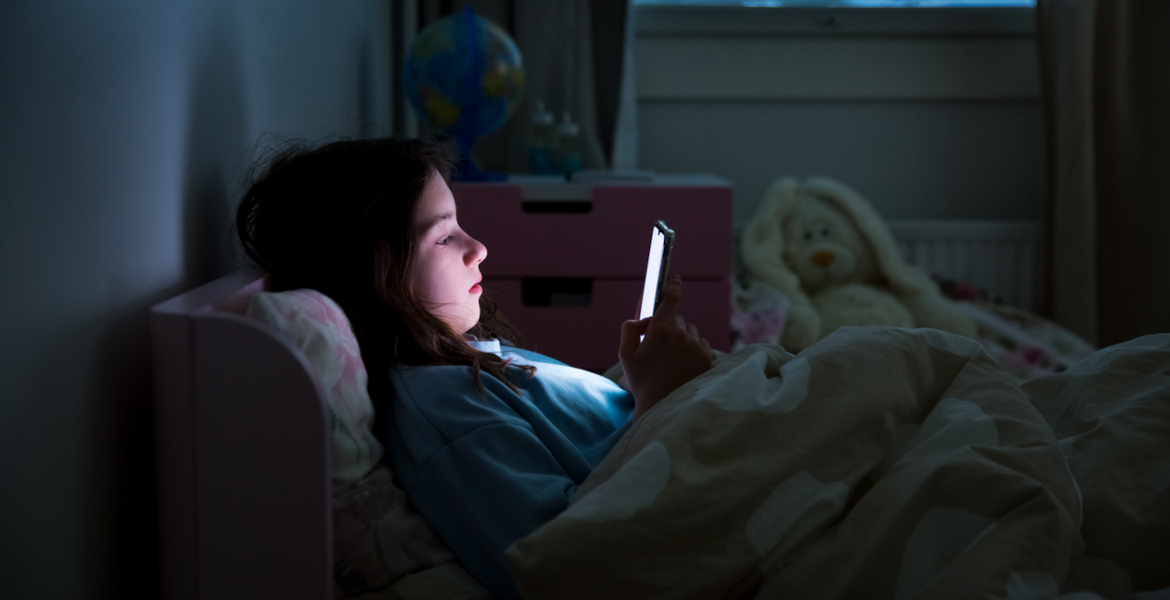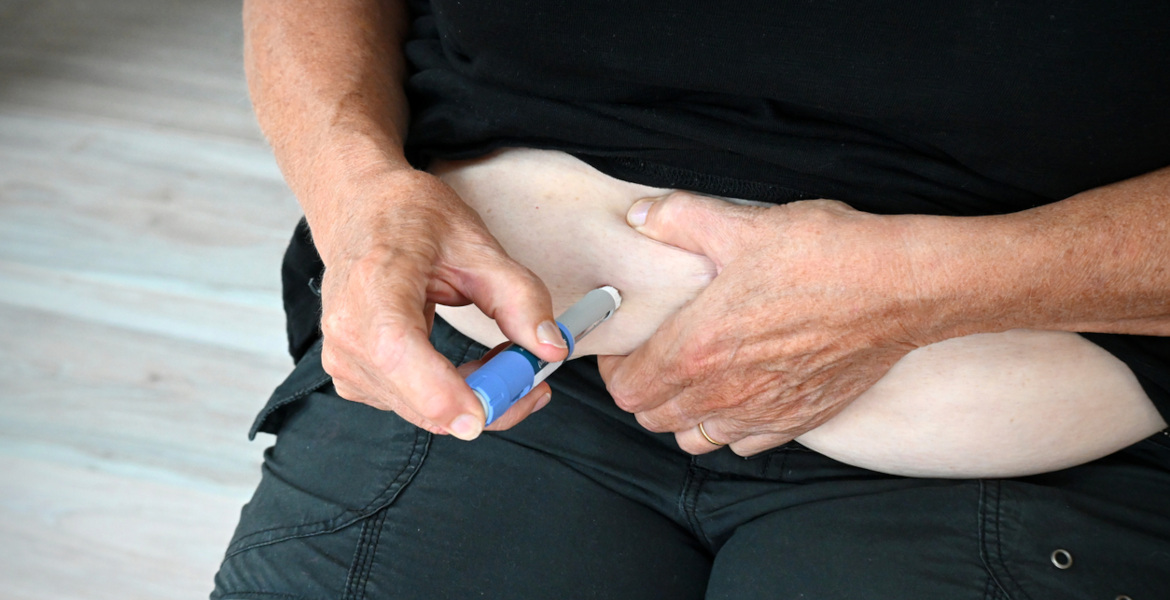This black berry may not be as tasty as blueberries, but it is just as healthy. With high levels of fiber, antioxidants, and vitamin C, the crowberry is a super berry in all its glory that is both widely eaten and used in folk medicine.
The crowberry is a black berry similar to the blueberry, but smaller, harder and with larger seeds. Its leaves are coniferous, making it easy to recognize and not to be confused with other plants. They are found in most parts of the country and are almost as common as blueberries, but unlike blueberries, crowberries do not stain hands and clothing. The berry can be picked from July until the first snow falls. Overripe berries can be picked in the spring.
Not food for crows
According to archaeologists, crowberries were one of the earliest plants to appear after the Ice Age. The oldest traces found in fecal remains are 10,000 years old and were found in Balltorp outside Gothenburg. In Sweden, however, there is a difference between where they have been eaten most. In the northern parts of the country, with a border at Gävle and Falun, crowberries are said to have been eaten a lot. But not so much in the southern parts. The reason may be that there are two different types of crowberries, a northern and a southern variety. The northern berries are said to be tastier, but it is difficult to tell them apart with the naked eye.
The name does not imply that it is a berry that the crow eats, but rather that it is something that the bear likes to eat along with blueberries. Historically, however, the crow was considered unlucky, and darker berries were often considered inedible, which may be the reason for the name “crowberry”. The crow also appears in the name of the berry in Swedish, kråkbär, Finnish variksenmarja, and German krähenbeere.
Although the crow may not eat the berries, other birds do. Because the berries do not spoil during the winter, they are an important food source for returning migratory birds. Smaller animals such as stoats also like to eat them.
The berries have been very important in Sami culture, where they were eaten in soups or with hot reindeer fat. It was also common to mix crowberries with milk or whey, according to Finnish national broadcaster Yle. According to a book on the Finnish Scots written by the late ethnographer Samuli Paulaharju, crowberries were the only berries that the Sami people gathered for the winter.
They were also widely eaten in Finland and Norway. In Norway, they may also be called “silence berries” or “comfort berries”, probably because they were a source of comfort when there was nothing else available for a dry throat while hiking in the forest, according to the Norwegian Helsemagasinet. The berries were also often used to make ink or paint for clothing or fishing nets.
Folk medicine
Crowberries have been used as a diuretic and laxative in folk medicine, where they have been called “pee berries” in Norway. Children are said to have been warned not to eat them in the evening because of the risk of bedwetting. They were also used to treat scurvy and mouth ulcers, which could be treated by gargling decoctions of the berries. According to Skogsskafferiet, a tea made from unripe green berries was used to treat kidney stones.
They have also been used to treat headaches, fever, and fatigue.
Health benefits
Along with blueberries, crowberries contain the highest levels of anthocyanin, an antioxidant and the substance that gives the berries their dark color. A 2008 Japanese study identified thirteen different anthocyanins in crowberries. Researchers analyzed the total anthocyanin content of crowberries, blueberries, and eight other common berries and found that crowberries had the highest levels.
They also contain flavonoids, which also act as antioxidants. Antioxidants can, for example, protect against oxidative stress caused by free radicals.
According to a Finnish study, crowberries grown in areas prone to early frost have higher levels of anthocyanins. They also contain more vitamin C than lingonberries.
Crowberries are also high in fiber, more than most imported fruits. The berries are also said to have anti-inflammatory and antibacterial properties.
Crowberry Uses
Crowberries can taste a bit rough, bitter and sour, but can be eaten fresh in the forest, they are perfect if you need some extra energy on a hike. However, they should taste better when pickled or juiced. They should also be good in jams or juices with other berries, such as currants. The leaves can be used to make tea. If you want to preserve the benefits of the berries a little longer, you can make unheated juice, as Anu Tossavainen does. She makes the juice without boiling it and sweetening it with honey instead of sugar.
– You can’t ruin your day if you start it with a glass of crowberry juice, she says, according to Yle.
You can also dry the berries and use them in porridge or a smoothie. You can also freeze the berries and use them later. Like lingonberries, you can also keep fresh berries in water in a jar in the fridge, where they will stay fresh longer.
Crowberry wine
It is said that crowberry wine has been made in Norway since the 12th century, during the reign of King Sverre Sigurdsson. It is said that German merchants imported so much wine to Norway that it became as cheap as beer, which also increased the number of drunks in the country. King Sverre found this problematic and told the Norwegians that it was the people’s duty to look after themselves and maintain public order, which the people listened to and the German merchants were no longer allowed to import wine. The king, who is said to have had a good knowledge of nature after growing up in the Faroe Islands, suggested that instead of importing German wine, they should make their own from crowberries. This is still the case today, and several Norwegian companies produce crowberry wine. Crowberries can also be used to flavor spirits.








